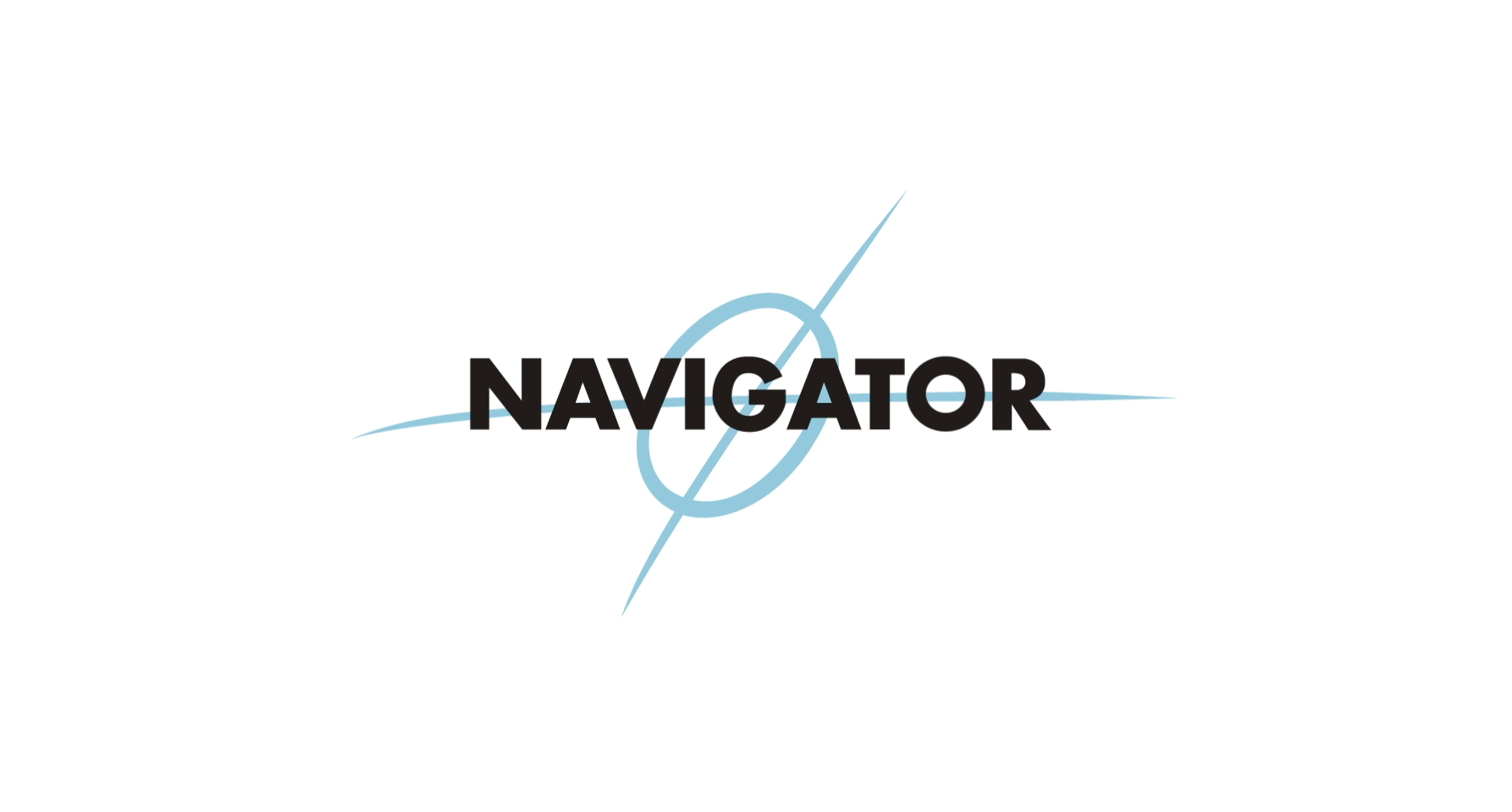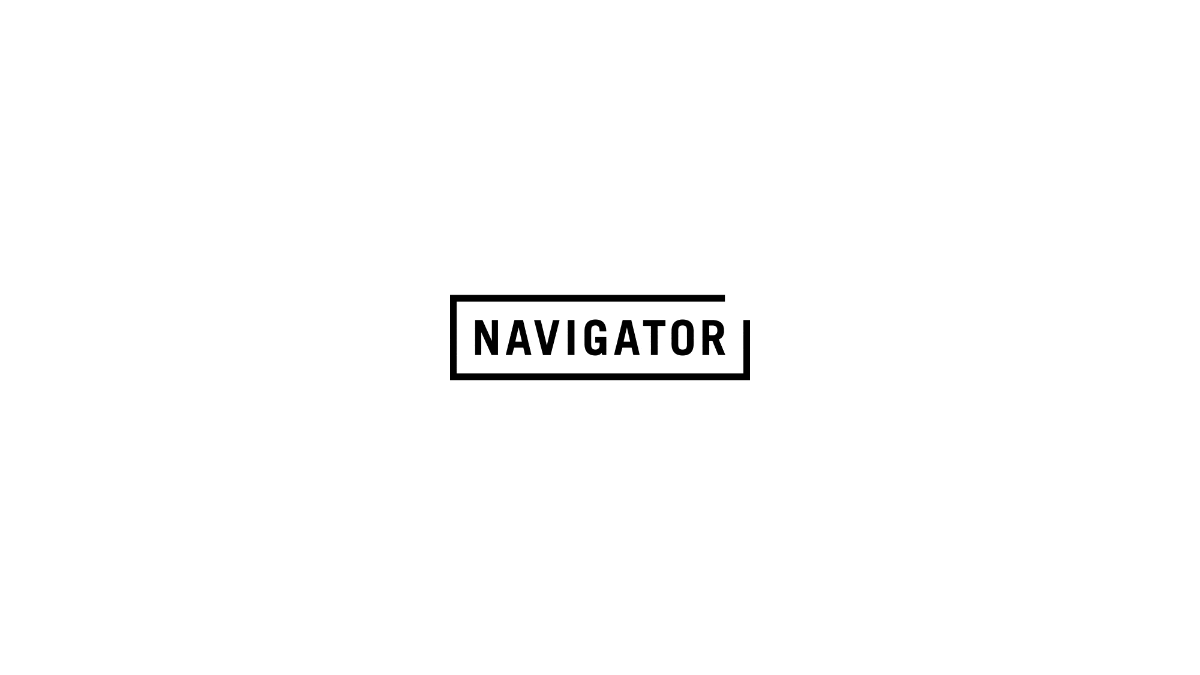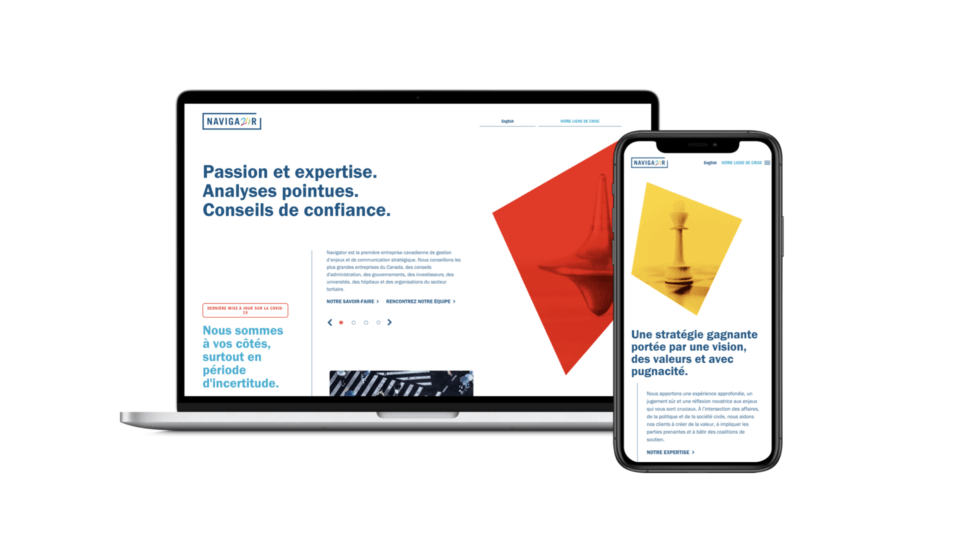How will governments meet their obligations in the “new normal” of COVID-19? Around the world, the pandemic has decimated revenues, derailed budgets, and shifted priorities. Healthcare takes centre stage, as do support payments to individuals and businesses. At the same time, responsibilities for public safety, education, social services, and infrastructure have not abated. And all these need to be delivered in a world with limited human contact, where vast numbers of employees – the public sector included – are now working from home.
For cash-strapped governments, who see tax revenues dry up as expenditures skyrocket, this represents a perfect storm. In Canada, municipalities are particularly feeling the pain. They are not allowed to run deficits but draw their funding from two areas that have been hit hard: property tax revenues and user fees. The City of Toronto, for example, forecasts a shortfall of $1.5 to $2.8 billion in 2020. Recently, Mayor John Tory warned of severe cuts to fire, police, transit, shelters, and childcare services unless the federal government comes up with a bailout.
Before Ottawa starts borrowing and spending even more, however, there are other ways to help cities – and all levels of government – cope. Enter the private sector. Even in non-pandemic times, private providers could often deliver services, projects, and solutions at lower cost than their public sector equivalents. From public-private partnerships (P3s) to outsourcing, the pandemic may herald a new level of cooperation between the public and private spheres – and the possibility of more cost-efficient government in the short and long term.
This cooperation is now happening around the globe. In April, the World Health Organisation issued guidelines for engaging the private sector as part of a “whole-of-society response” to COVID-19. That same month, the Australian government partnered with the private sector to secure 30,000 hospital beds and 105,000 nurses and staff. The African Union and the Africa Centres for Disease Control and Prevention launched the Africa Covid-19 Response Fund, a P3 which seeks to prevent transmission and support the region’s medical response. In India, state governments have partnered with private suppliers of food, baby clothes, and medicine to deploy supplies to individuals and institutions.
Governments must also retool the way they operate, as a great number of employees are now working from home. This has created opportunities for digital service providers and platforms which enable remote collaboration. There is increased demand for cloud-based solutions that help governments function while respecting stay-at-home and social distancing mandates. Contact tracing apps, key to flattening the curve of the pandemic, are another area of growth: recently, Apple and Google collaborated on new tracing technology that allows public health authorities to digitally track persons who may have come into contact with COVID-19.
Other sectors—including police—have also adapted in order to reduce in-person interactions. Prior to the pandemic, American safety technology firm Axon had already created apps allowing police officers to digitally gather case evidence, through text message or email. COVID-19 has accelerated demand for the products, and they are now in use by several police forces in Canada.
Finally, many companies are retooling their operations to fill new needs. This week, for instance, General Motors signed a deal with the Canadian government to produce 10 million masks at its Oshawa plant, which halted car production at the end of last year. Sixty workers were recalled and trained in partnership with UNIFOR, the auto workers’ union.
While there are opportunities for many businesses in this new environment, for some with existing government partnerships, outcomes now seem uncertain. Existing P3s may be threatened as priorities shift and governments allocate funding to more pressing needs. Construction of infrastructure designed to accommodate large gatherings, such as community centres or sporting facilities, may be halted altogether. Completing new schools is not a priority when students are learning at home. And most major events and festivals have been cancelled.
In short, for all businesses, effective government relations has been made more critical than ever. Whether to serve new needs or safeguard existing relationships, companies must be able to make their case to the right decision makers, in a timely manner. That takes skill, time, and relationships.
Not every firm has in-house GR capacity, but bringing the right GR advisors on board can help connect the dots and win your company a seat at the table. They can help ensure that you don’t miss out on a new opportunity or defend the importance of a project you have already secured. They can also strategize with you to determine what your company could proactively propose to government before the competition thinks of it first.
Navigating the brave new world of COVID-19 is not for the faint of heart. But with the right support, it could be a time of growth for business, and a turning point for government. Despite the imperative to stay apart, they need more than ever to work together.





